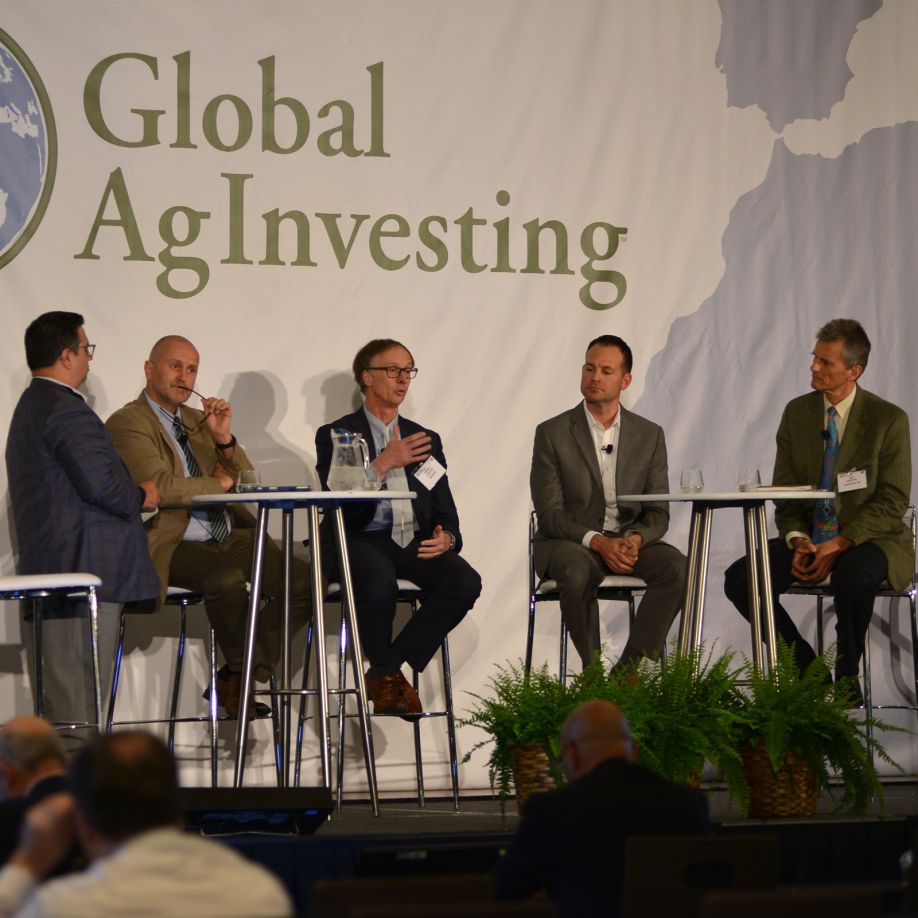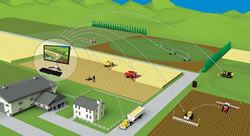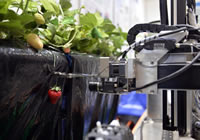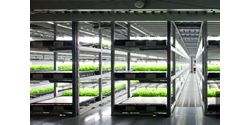The Value of Remote Sensing Data in Agriculture (Part I)
Eco Convergence Group Launches World's First HyCube‚ĄĘ Hydroponic Production System at Orlando World Center Marriott
3 Trends that Defined Agriculture in 2017 and 3 to Watch
Farming Is a Tough Business, but New Trends Offer Opportunity
3 Aspects of Modern Farming That Need Data to Thrive
Drones in Agriculture: Undeniable Value and Plenty of Growth, But Not the Explosion Others Predict
Agricultural robots and drones to become a $45Bn industry by 2038
Startup Stories: Remote Controlled Farming
Weather Forecasting: How Does It Work, And How Reliable Is It?
Is Ag Tech Adoption an Issue?
A Brief History of Modern Farming
Emerging Agricultural Technologies
What's Slowing the Use of Robots in the AG Industry?
Why Robotics Will Change Agriculture
Japanese Firm To Open World's First Robot-run Farm
Records 31 to 45 of 46
First | Previous | Next | Last
Featured Product


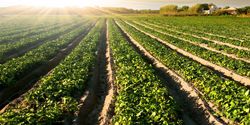

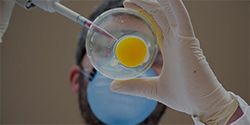
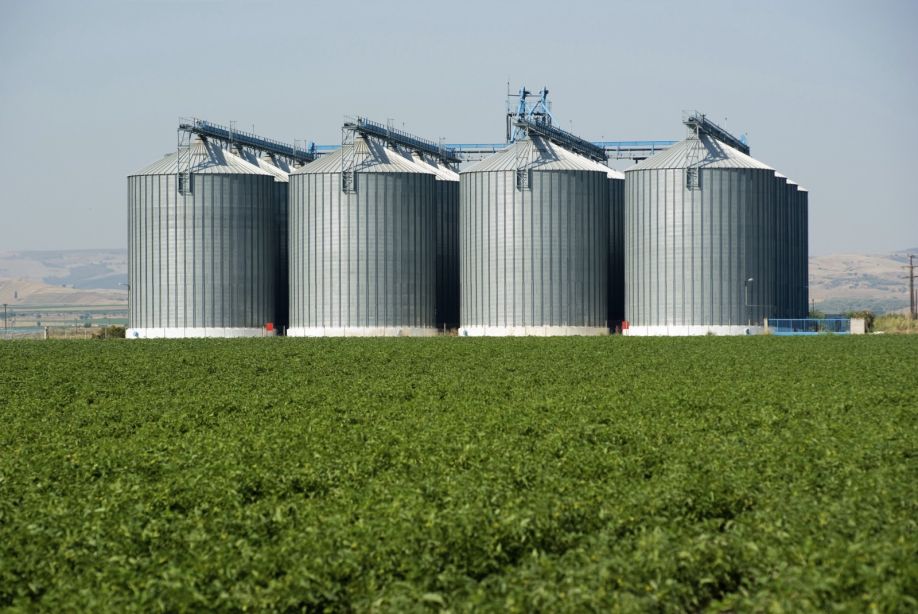

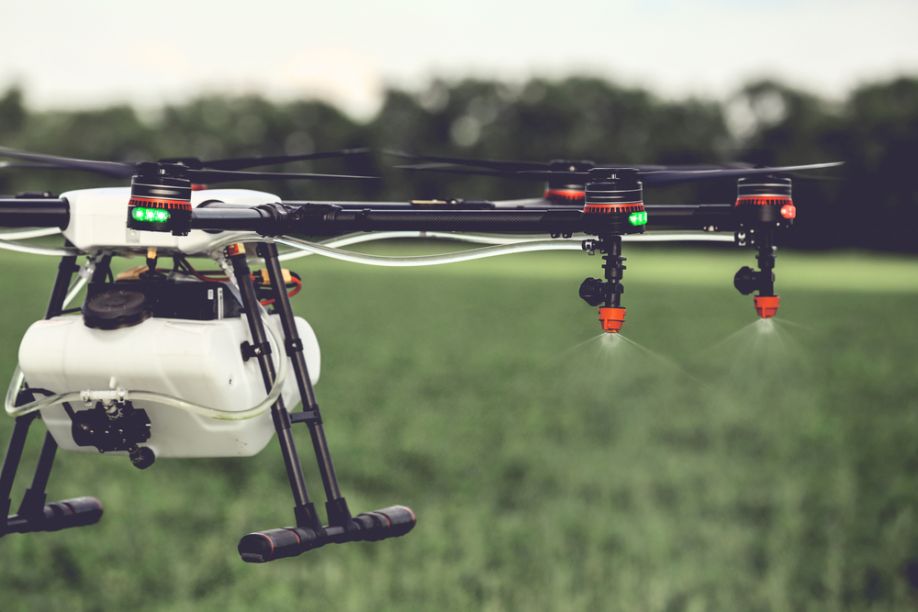
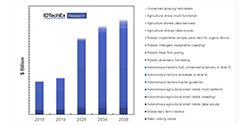
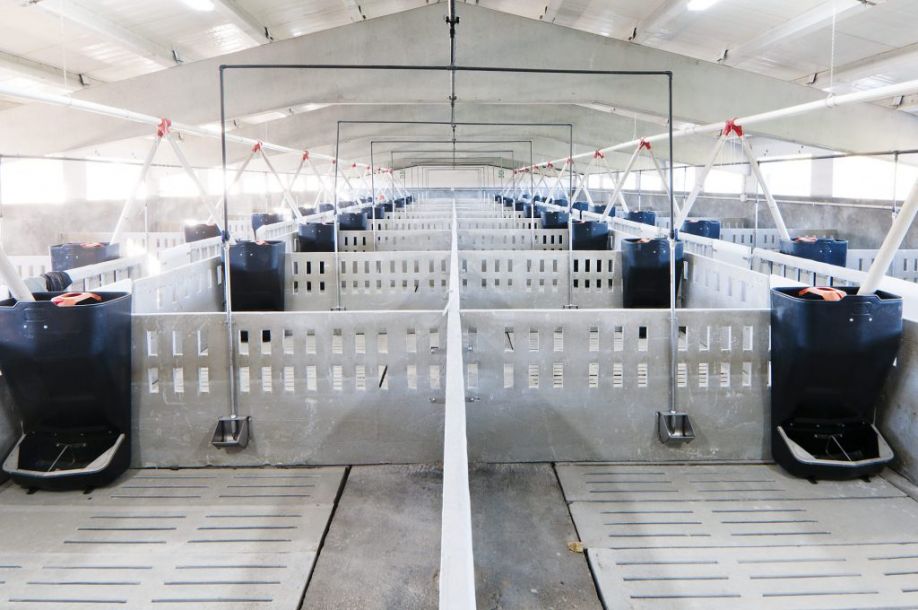
.jpg)
